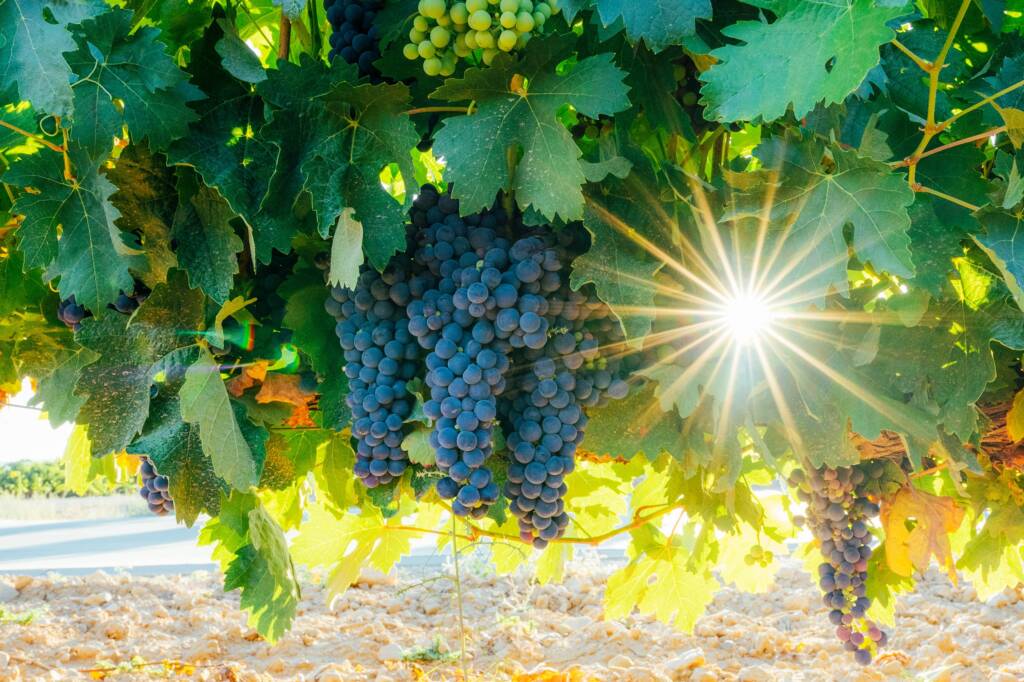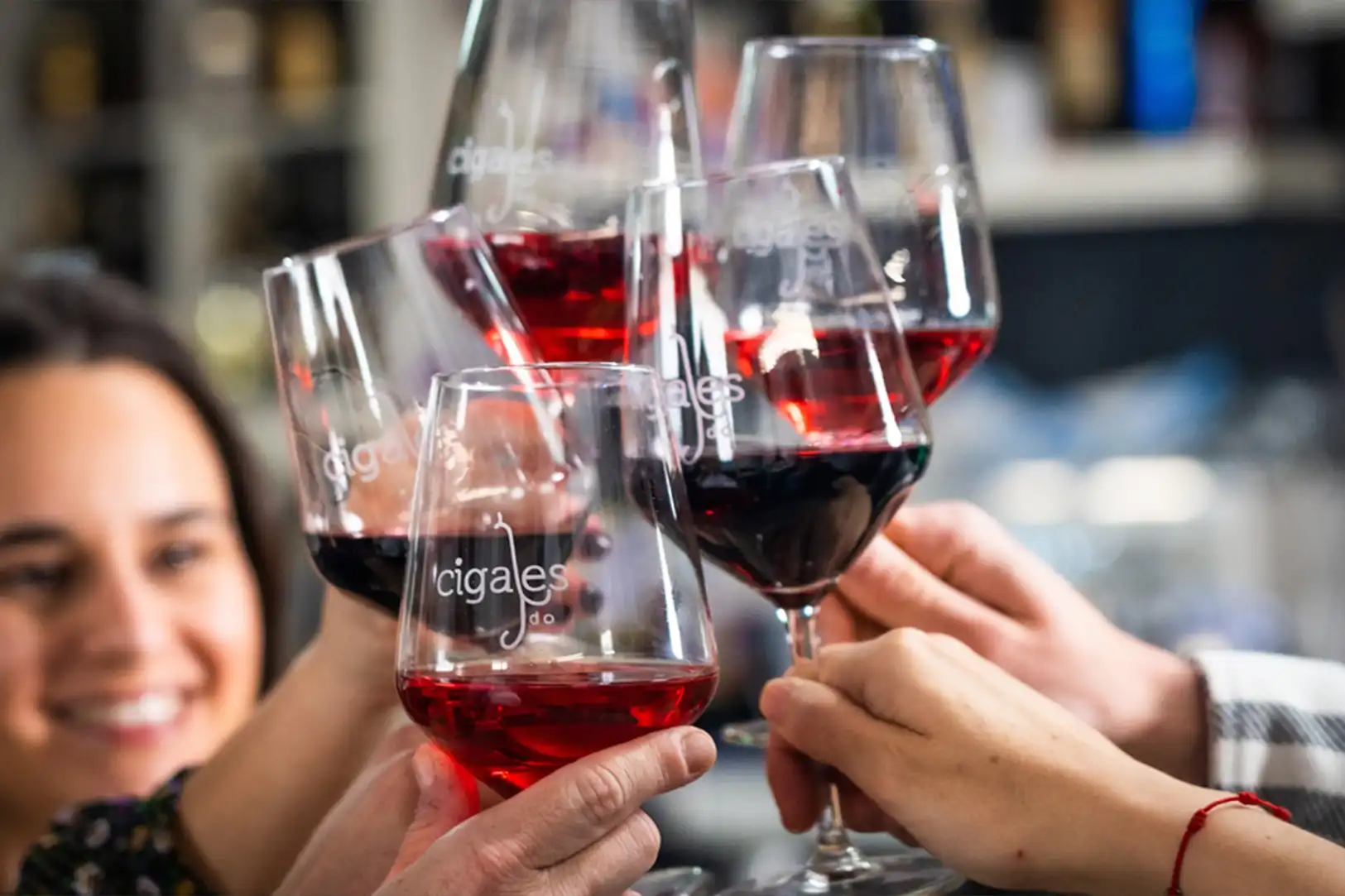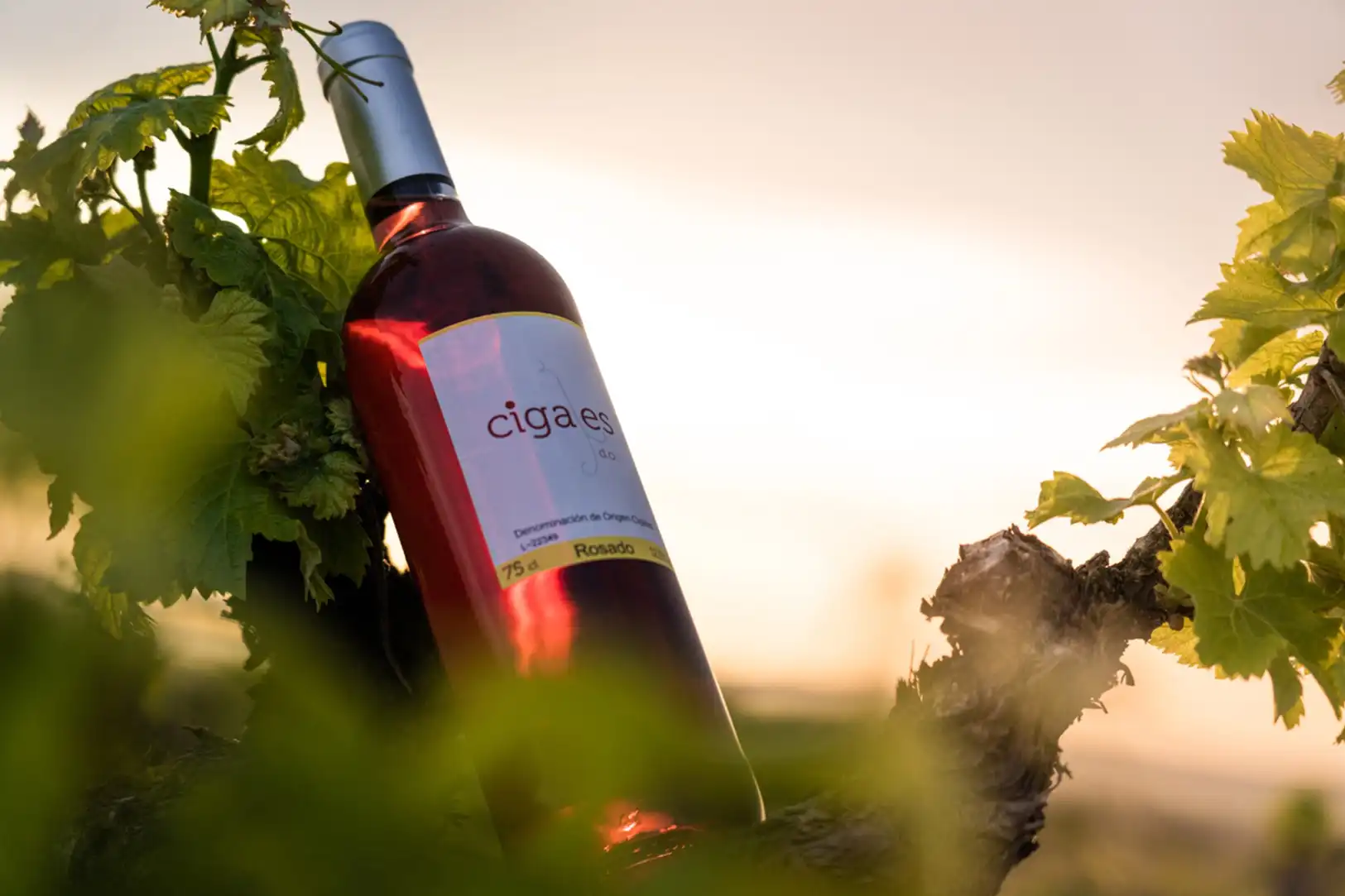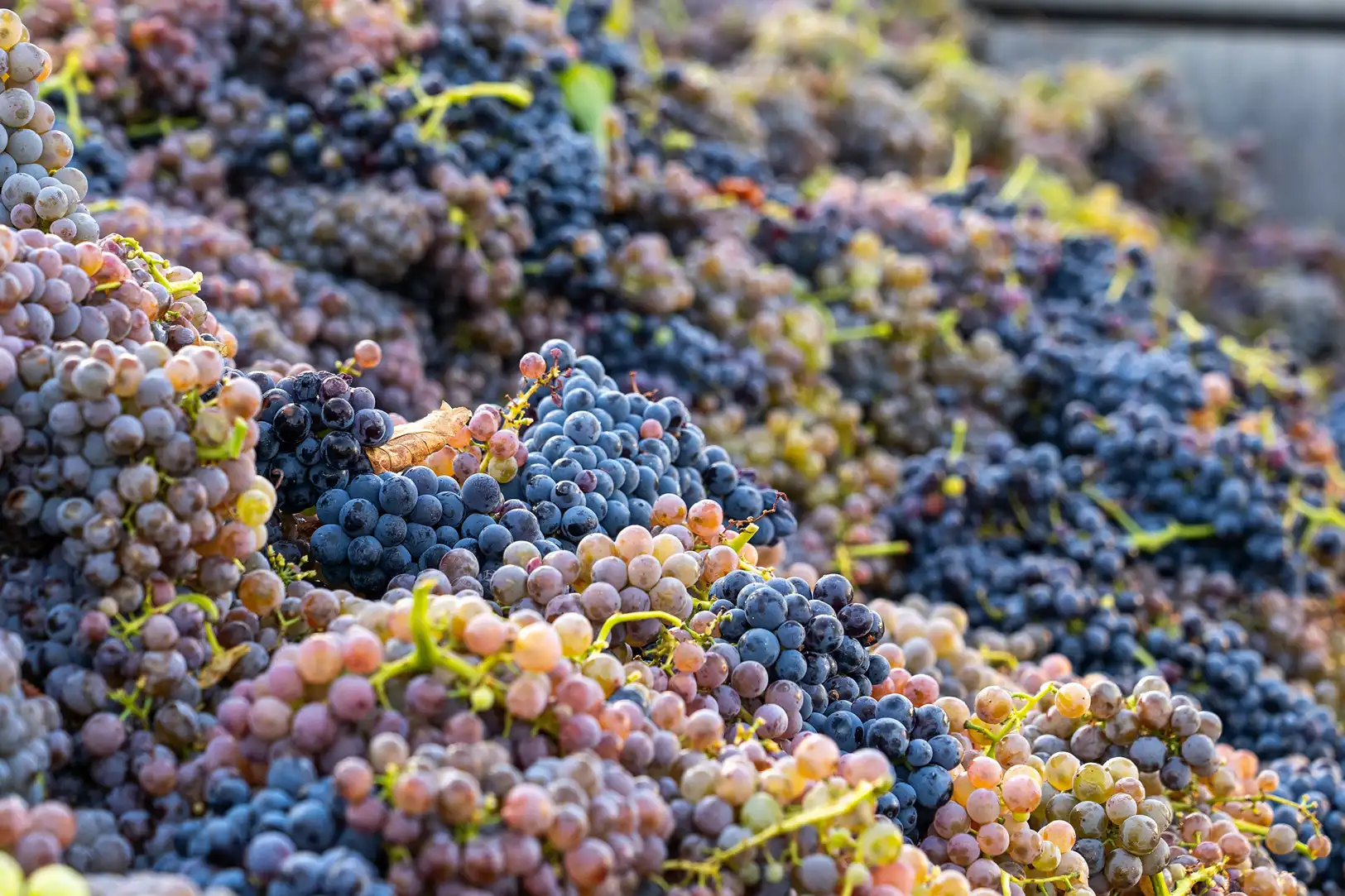Consejo Regulador
Nuestra Historia
La Denominación de Origen Cigales comenzó oficialmente en 1991, pero sus raíces se remontan al siglo X, cuando ya había propietarios de viñedos en diferentes municipios de la comarca, como Cubillas o Corcos.
Estas tierras guardan muchas huellas de un pasado fascinante y diverso en términos culturales. En muchos de sus pueblos aún se pueden encontrar castillos históricos, como el de Trigueros del Valle, el de Fuensaldaña (que ahora es la sede de las Cortes de Castilla y León) o el de Mucientes, donde Juana I de Castilla pasó algún tiempo.
Junto con los castillos comenzaron a crecer viñedos, la mayoría propiedad de monasterios que necesitaban el vino tanto para sus rituales religiosos como para su uso personal.


En Dueñas, en el palacio de los Condes de Buendía, Fernando el Católico se disfrazó de arriero para encontrarse con Isabel y organizar su boda. También regresó allí después de enviudar para casarse con Germana de Foix. En Cigales, se produjeron encuentros históricos, como los enfrentamientos entre tutores y favoritos de Alfonso XI «el Justiciero», la reconciliación de Pedro I «El Cruel» con sus hermanos bastardos y la de Juan II con los Infantes de Aragón.
Los vinos de Cigales se hicieron famosos en España y en el extranjero. Incluso, cuando la filoxera devastó los viñedos franceses, los vinos de Cigales se exportaron hasta Burdeos para suplir la falta de vino en tierras galas. En 1888, esta región ya producía más de 15 millones de kilos de uva, lo que muestra su importancia histórica.
El 29 de septiembre de 2011, se publicó en el BOCYL la Orden AYG/1197/2011, de 22 de septiembre, que aprobó el nuevo Reglamento de la Denominación de Origen «Cigales» y su Consejo Regulador.
Esta nueva normativa permite la producción de vinos blancos, espumosos y dulces, después de varios años de experiencias exitosas que confirmaron la calidad de estas nuevas elaboraciones en Cigales. Además, se añaden variedades experimentales como Sauvignon Blanc, Cabernet Sauvignon, Merlot y Syrah a las variedades principales, que son Tempranillo, Garnacha, y las variedades blancas Viura, Albillo y Verdejo, todas muy vinculadas a nuestros famosos vinos rosados.
En 2019, la DO Cigales modificó su pliego de condiciones, es decir, la normativa interna que especifica cuáles son las características de sus vinos, entre otros aspectos técnicos. Uno de los cambios más significativos es ampliar la gama cromática de los rosados elaborados en la Denominación que van desde un rosa pálido hasta los fresa más emblemáticos de la Denominación. La gran baza de la Denominación es que no pierden su estructura y aromas propios de la comarca vitivinícola de Cigales.
En definitiva, las características organolépticas de los vinos se han adaptado buscando una descripción más exacta del vino para que puedan ser evaluados por un panel sensorial independiente que cumpla los criterios de la Norma UNE-EN-ISO 17025. En 2022, se volvió a modificar el pliego de condiciones y eliminó la distinción entre variedades principales y secundarias e incluyó la variedad Garnacha Blanca y Tintorera, ya instauradas con éxito en la comarca vitivinícola.
Situación Geográfica
La comarca de Cigales que protege la Denominación de Origen se extiende por el sector norte de la Depresión del Duero, por una superficie de 574 km2, a ambos márgenes del Pisuerga.
Los viñedos se encuentran a una latitud media de 750 metros, y comprende desde el término municipal de Valladolid (Pago «Berrocal»), hasta el palentino de Dueñas, incluyendo además Cabezón de Pisuerga, Cigales, Corcos del Valle, Cubillas de Santa Marta, Fuensaldaña, Mucientes, Quintanilla de Trigueros, San Martín de Valvení, Trigueros del Valle y Valoria la Buena.




Comercialización y Promoción
El Consejo Regulador asigna fondos cada año para promover nuestros vinos. Esto incluye campañas publicitarias en áreas donde ya tenemos presencia en el mercado, así como nuestra participación en ferias y eventos.
Las bodegas que forman parte de la D.O. comenzaron a exportar sus vinos en 1995, en respuesta al aumento de la producción de nuevas viñas y la búsqueda de nuevos mercados en el extranjero. En ese proceso, llegamos a exportar un total de 1,618,818 botellas en 2009. Nuestros principales destinos incluyen países de la Unión Europea, como Bélgica, Holanda, Alemania, Suiza, Suecia, y también los Estados Unidos.
